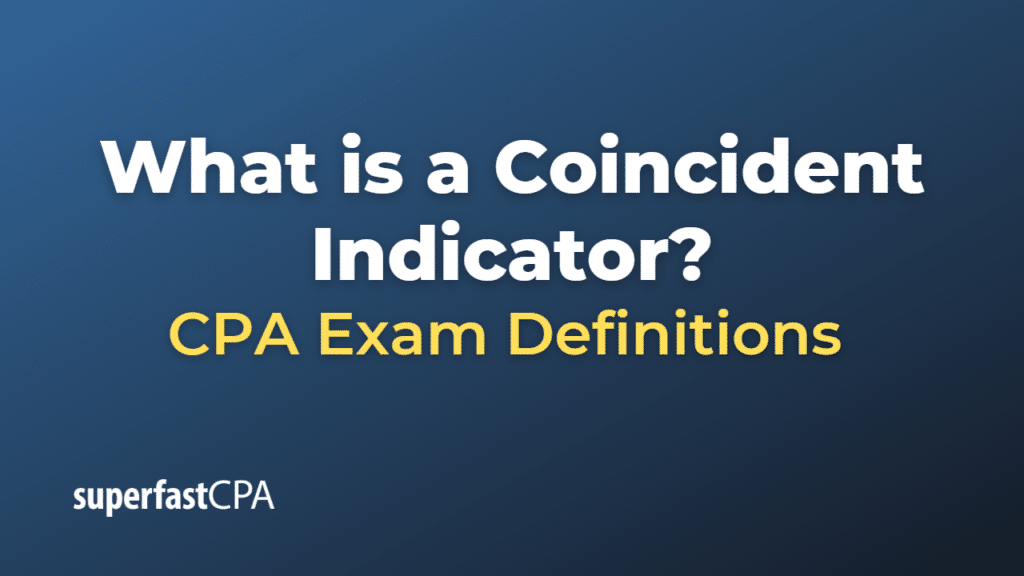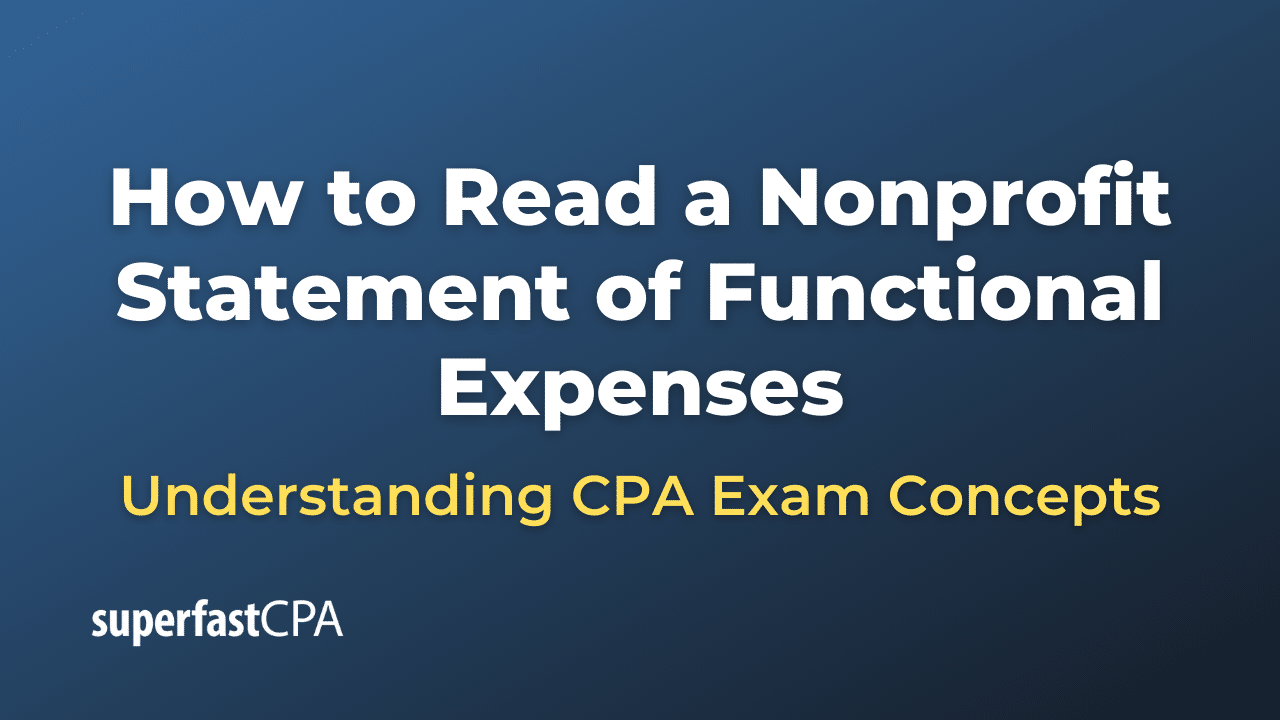Coincident Indicator
A coincident indicator is an economic indicator that tends to move in tandem with the overall economy, providing a real-time snapshot of the current economic situation. Coincident indicators change simultaneously or close to the same time as the economy’s overall performance. They help economists, analysts, and policymakers assess the current state of the economy and make informed decisions based on the present economic conditions.
Some common examples of coincident indicators include:
- Employment levels: The number of employed individuals is a key indicator of the economy’s health, as it reflects the overall labor market demand. Higher employment levels often signal a strong economy, while lower levels may indicate a weak or contracting economy.
- Gross Domestic Product (GDP): GDP represents the total value of goods and services produced in a country over a specific period. It is a widely used measure of economic performance and provides a comprehensive snapshot of the economy’s current state.
- Personal income: The aggregate income of individuals in an economy can be a useful coincident indicator, as it reflects consumer purchasing power and the overall health of the labor market.
- Industrial production: The output of manufacturing, mining, and utility sectors is a key indicator of the economy’s health, as it reflects the demand for goods and the overall level of production.
- Retail sales: Retail sales data can provide insights into consumer spending patterns, which make up a significant portion of overall economic activity.
It’s important to note that coincident indicators, by themselves, do not provide predictive information about future economic trends. For that purpose, economists also rely on leading indicators (which tend to change before the economy’s overall performance) and lagging indicators (which tend to change after the economy’s overall performance).
Example of a Coincident Indicator
Let’s consider a hypothetical example to illustrate how coincident indicators can help assess the current state of an economy.
Imagine you are an economist analyzing the economy of a fictional country called “Econoland.” To get a real-time snapshot of Econoland’s current economic situation, you gather data on several coincident indicators for a specific month:
- Employment levels: Econoland added 25,000 jobs this month, indicating a strong labor market.
- Gross Domestic Product (GDP): Econoland’s GDP increased by 1% compared to the previous quarter, suggesting economic growth.
- Personal income: Personal income in Econoland rose by 0.5% this month, which may indicate that consumers have more disposable income to spend.
- Industrial production: Econoland’s industrial production increased by 2%, signaling growth in the manufacturing, mining, and utility sectors.
- Retail sales: Retail sales in Econoland increased by 1.5% this month, suggesting that consumer spending is on the rise.
By analyzing these coincident indicators, you can conclude that Econoland’s economy appears to be in a healthy state for the given month. The data shows growth in employment, GDP, personal income, industrial production, and retail sales, all of which indicate a strong and growing economy.
Keep in mind that this example only provides a snapshot of Econoland’s current economic situation. To get a more comprehensive understanding of the economy and anticipate future trends, it’s essential to also consider leading and lagging indicators in your analysis.














